The Shetland Sheepdog Breed Standard
The Shetland Sheepdog Breed Standard is a set of guidelines that describes the ideal characteristics, temperament and physical appearance of the Sheltie breed. Learn about the requirements breeders have to fulfil in order to successfully show Shelties.
There are very slight variations in the Sheltie Standards of the American Kennel Club and the English Shetland Sheepdog Club and most Shelties would have some issues competing in the other's show ring. But ultimately all breeding lines are from the same original stock of the early 20th century.
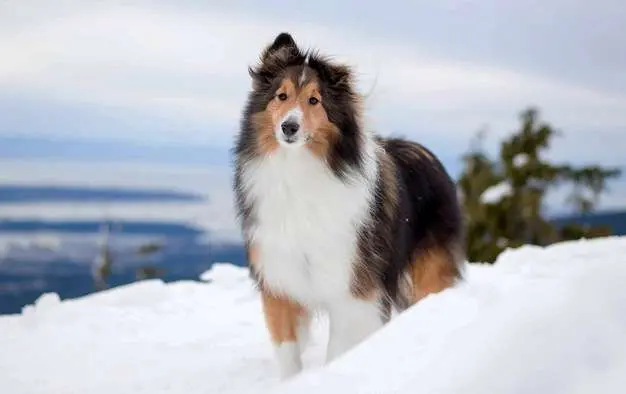
This article is not the definitive Standard but reflects many points of note about the American and English Breed Standards. For the complete Standard, visit the American Shetland Sheepdog Association or the English Shetland Sheepdog Club.
General Appearance
Shelties trace their ancestry back to the Shetland Islands of Scotland, where their Collie genes were crossed with small, intelligent, long-haired breeds. This reduced the herding breed then known as Toonies to miniature proportions.
However, the breed has become a lot more refined over the years and in 1959 the American Kennel Club (AKC) created a new Standard. They agreed that Shelties should be small, alert, rough-coated and long-haired. They should also be sound, agile and sturdy. Dogs should appear masculine and bitches feminine.
The English Shetland Sheepdog Club (ESSC) adds that Shelties should be free from cloddiness and coarseness, action lithe and graceful. They say that the outline should be completely symmetrical so that no part appears out of proportion. The Shetland Sheepdog Breed Standard says Shelties should sport an abundant coat, mane and frill, with shapeliness of the head and sweetness of expression.
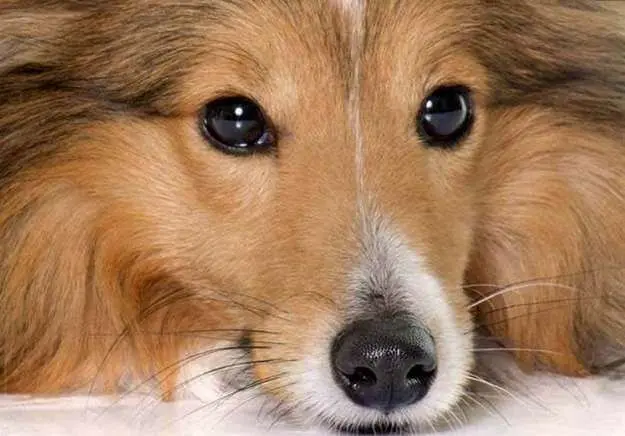
Size, Proportion and Substance
Both Sheltie Standards define exact proportions of the ideal dog. This may sound picky and perfectionist—but this is exactly what breeding pedigrees is all about. Without fixed definitions, each set of offspring would deviate further from the norm and soon the breed would be no more.
American judges believe that all Shetland Sheepdogs should stand 13 to 16 inches tall at the shoulder. English judges demand an even stricter definition of 13.5 to 15.5 inches for dogs and 13 to 15 inches for bitches.
In overall appearance, the body should appear moderately long, as measured from the shoulder joint to the rearmost extremity of the pelvic bone (the ichium).
Head and Skull
The Shetland Sheepdog Breed Standard says that the Sheltie head should be refined and elegant. The overall shape, when viewed from the top or side, should be a long blunt wedge tapering slightly from ears to nose. The width and depth of the skull are in proportion to the length of the skull and muzzle, as well as the overall size of the dog. The jaws should be clean and powerful, with the teeth forming a scissor bite.
The characteristic expression of the Sheltie is obtained by this perfect balance and combination of skull and foreface, shape, color and placement of eyes, correct position and carriage of ears.
The AKC Sheltie Standard specifically identifies a number of faults for the head and skull. Namely, a two-angled head; a too prominent stop or no stop; any overfill below, between or above the eyes; a prominent nuchral crest; a domed skull; prominent cheekbones; a snipy muzzle; or teeth visible when the mouth is closed.
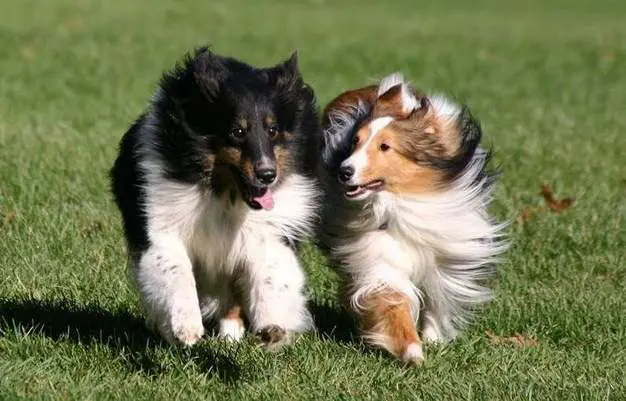
Eyes and Ears
The ESSC Breed Standard states that the eyes must be medium-sized, almond shaped and obliquely set. They should be dark brown except in the case of blue merles, where one or both may be blue or blue flecked.
The ears of the Sheltie breed must be small and flexible, moderately wide at the base, placed high and fairly close together on top of the skull. They should be carried three-quarters erect with the tips breaking forward (when alert) and thrown back into the frill (when in repose).
Forequarters
The shoulders should be very wall laid back, with the shoulder blades sloping at a 45-degree angle forward and downward to the shoulder joints. At the withers they are separated only by the vertebra, but they must slope outwards to accommodate the desired spring of ribs. The forelegs are straight when viewed from the front, muscular and clean, with strong (but not heavy) bones. The American Breed Standard adds that dew claws may be removed and faults include the upper arm being too short; loose shoulders; crooked legs; or light bones.
Coat and Coat Colors
The Shetland Sheepdog Breed Standard defines the beautiful Sheltie coat as a thick, double coat consisting of long, straight, harsh hair. The under coat is short and furry and so dense as to give the entire coat its "standoff" quality. The mane and frill are abundant and should be particularly impressive in males, while the forelegs are well feathered. The hind legs above the hocks are covered profusely with hair; and below the hocks are fairly smooth. Smooth-coated Shelties are highly undesirable.
There are several different Sheltie coat colors, including Sable (from Golden to Mahogany), Black (showing as Tri Color or Bi Black) and Blue (showing as Blue Merle or Bi Blue). All coats have varying amounts of white fur. Faults include rustiness in a Black or Blue coat color; washed-out or degenerate colors; or more than 50% white (resulting in elimination from the competition).
Gait
The American Kennel Club Standard explains that the trotting gait of the Shetland Sheepdog should denote effortless speed and smoothness. There should be no jerkiness, nor stiff, stilted, up-and-down movement. The drive should be from the rear, true and straight. Faults include crossing of the feet; throwing the weight from side to side; stiff steps resulting in a choppy, jerky movement; and a pacing gait.
Temperament
Shelties are intensely loyal, affectionate and responsive to their owners. They can be reserved towards strangers and this is fine; but not to the point of showing fear or cringing in the ring. Temperament faults include shyness; nervousness; stubbornness; snappiness; or ill temper.
If you are considering becoming a Sheltie breeder, you can find more information on the Shetland Sheepdog Breed Standard at the American Kennel Club.
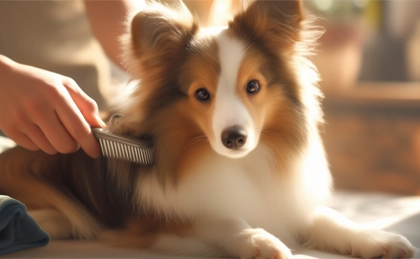
How to Groom a Shetland Sheepdog
Shetland Sheepdogs have luxurious double coats, which come with the responsibility of routine grooming. Here's my step-by-step guide to de-shedding the undercoat.
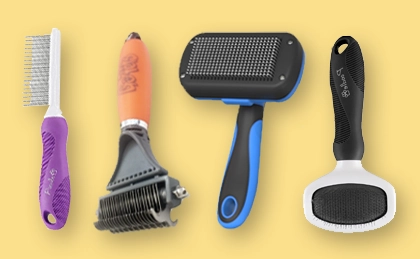
The Best Grooming Tools for Shelties
The Shetland Sheepdog's double coat demands 3 specialized dog brushes: a detangling and de-shedding comb, a fine-toothed comb for knots, and a slicker brush for finishing.

How To Photograph Your Dog
These are my top ten tips on photographing your dog, from choosing the perfect setting and camera angle, to being patient and capturing your pet in the moment.

101 Shelties in The Bath
When I asked Sheltie Planet readers to share their cutest, funniest and oh-so-sorrowful photos of dripping wet Shelties in the tub, this is what I got back.
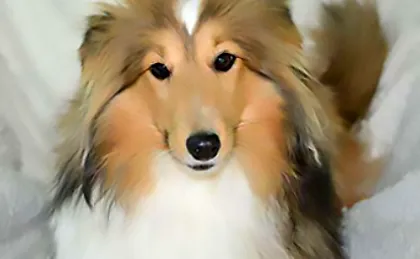
Find a Sheltie Rescue Near You
Find a Sheltie Rescue near you. Search our extensive directory of Shetland Sheepdog adoptions in the USA, Canada, and UK.
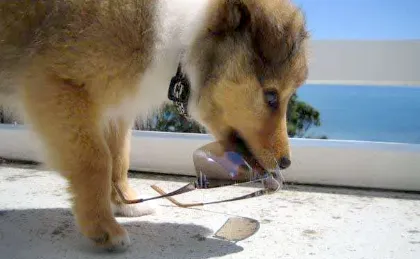
How to Stop Destructive Chewing
Puppies find chewing a very satisfying activity, particularly while their teeth are coming through. The trick is to teach them what is and isn't acceptable for chewing.
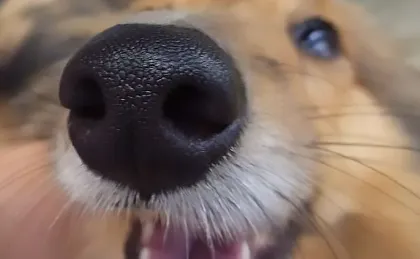
Can Dogs Really Smell Cancer?
Meet Daisy—a Labrador who detected breast cancer in her owner, Claire Guest, six years ago: "She kept staring at me and lunging into my chest. It led me to find a lump..."

Coping with The Loss of a Sheltie
The loss of a Sheltie is heartbreaking. They were a member of the family, and while they were small in stature, their absence leaves a huge void behind.
